The Male Gaze and Social Media Influencers
Laura MulveyÔÇÖs concept of the male gaze, first articulated in her 1975 essay Visual Pleasure and Narrative Cinema, critiques how media positions women as objects of male pleasure. While her original analysis focused on cinema, the theory applies seamlessly to todayÔÇÖs social media landscape, where platforms like Instagram amplify the effects of the gaze.
Social media influencers often feel pressure to conform to beauty standards shaped by patriarchal ideals. For example, influencer culture tends to prioritize content that adheres to conventional norms of attractivenessÔÇöslim bodies, flawless skin, and hyper-feminine styling. Algorithms favor such content, reinforcing that womenÔÇÖs value is tied to their visual appeal. These digital spaces perpetuate a cycle where women self-objectify to gain likes, comments, and followers, perpetuating the male gaze in user-generated content.
However, resistance is also visible. Body positivity influencers like Lizzo challenge the gaze by celebrating diverse body types and rejecting societal norms. These shifts signal a growing awareness of the male gaze, though its influence remains deeply embedded in digital culture.
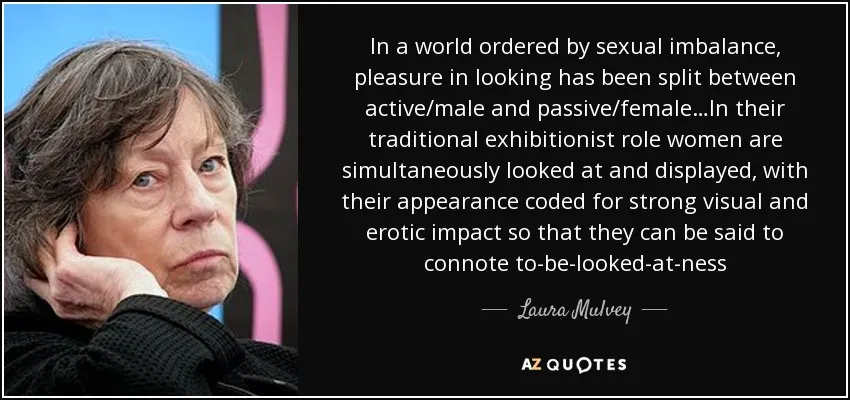
The Male Gaze in Film: A Contemporary Perspective
While modern cinema has made strides in addressing gender bias, the male gaze still influences production and reception. The 2023 Barbie movie, hailed for its feminist undertones, demonstrates how this dynamic can evolve in contemporary narratives. The film explores themes of empowerment, yet its portrayal of Barbie (Margot Robbie) sometimes panders to stereotypical beauty norms.
Other films directly challenge the male gaze. Emerald FennellÔÇÖs Promising Young Woman (2020) subverts traditional depictions of women by framing the protagonist through her own perspective, not as an object but as an active agent of her story. Similarly, Greta GerwigÔÇÖs Little Women (2019) reimagines classic narratives, centering female autonomy over patriarchal ideals.
These examples highlight the duality of modern filmmaking: while some narratives actively critique the male gaze, others inadvertently uphold it. They underscore the continued relevance of MulveyÔÇÖs theory in analyzing how visual storytelling shapes audience perceptions.
Advertising and the Evolution of the Gaze
Advertising has long exploited the male gaze to sell products, using hyper-sexualized depictions of women to attract male consumers. Campaigns like VictoriaÔÇÖs Secret epitomized this approach, presenting women as objects of desire. Yet, growing criticism has spurred brands like Savage x Fenty to adopt more inclusive marketing strategies that celebrate diverse body types and challenge traditional notions of beauty.
Despite these advances, the digital landscape reconfigures the male gaze in subtle ways. Algorithms prioritize visually appealing content, often perpetuating beauty ideals rooted in patriarchal standards. Platforms like TikTok and Instagram shape advertising strategies that capitalize on self-objectification, blurring the line between empowerment and exploitation.
The evolution of advertising reflects both progress and stagnation. While some brands embrace inclusivity, the underlying structures of digital marketing often reinforce the very dynamics they claim to challenge.
The Male Gaze in Gaming Culture
The gaming industry provides a unique perspective on the male gaze, where players actively engage with objectified female characters. Early depictions, such as Lara Croft in the Tomb Raider series, exemplified the male gaze through hyper-sexualized character designs. Although recent iterations of the franchise have reimagined Lara Croft as a multifaceted character, these changes are not universal.
Female gamers often face harassment in online spaces, a direct manifestation of the male gaze in gaming culture. Avatars designed to appeal to male fantasies exacerbate this issue, reinforcing toxic masculinity within gaming communities.
Efforts to counter this include games like Horizon Zero Dawn, which features Aloy, a protagonist depicted with agency and depth, free from the constraints of objectification. These shifts indicate a growing push toward inclusivity, though the male gaze continues to shape many aspects of gaming culture.
References:
Mulvey, L. (1975). Visual Pleasure and Narrative Cinema. Screen, 16(3), 6ÔÇô18.
Gill, R. (2007). Gender and the Media. Cambridge: Polity Press.
Hooks, B. (1992). Black Looks: Race and Representation. South End Press.
Butler, J. (1990). Gender Trouble: Feminism and the Subversion of Identity. Routledge.
Dyer, R. (1997). White: Essays on Race and Culture. Routledge.
Rubin, G. (1984). Thinking Sex: Notes for a Radical Theory of the Politics of Sexuality. In C. Vance (Ed.), Pleasure and Danger: Exploring Female Sexuality. Routledge.
Van Dijck, J. (2013). The Culture of Connectivity: A Critical History of Social Media. Oxford University Press.


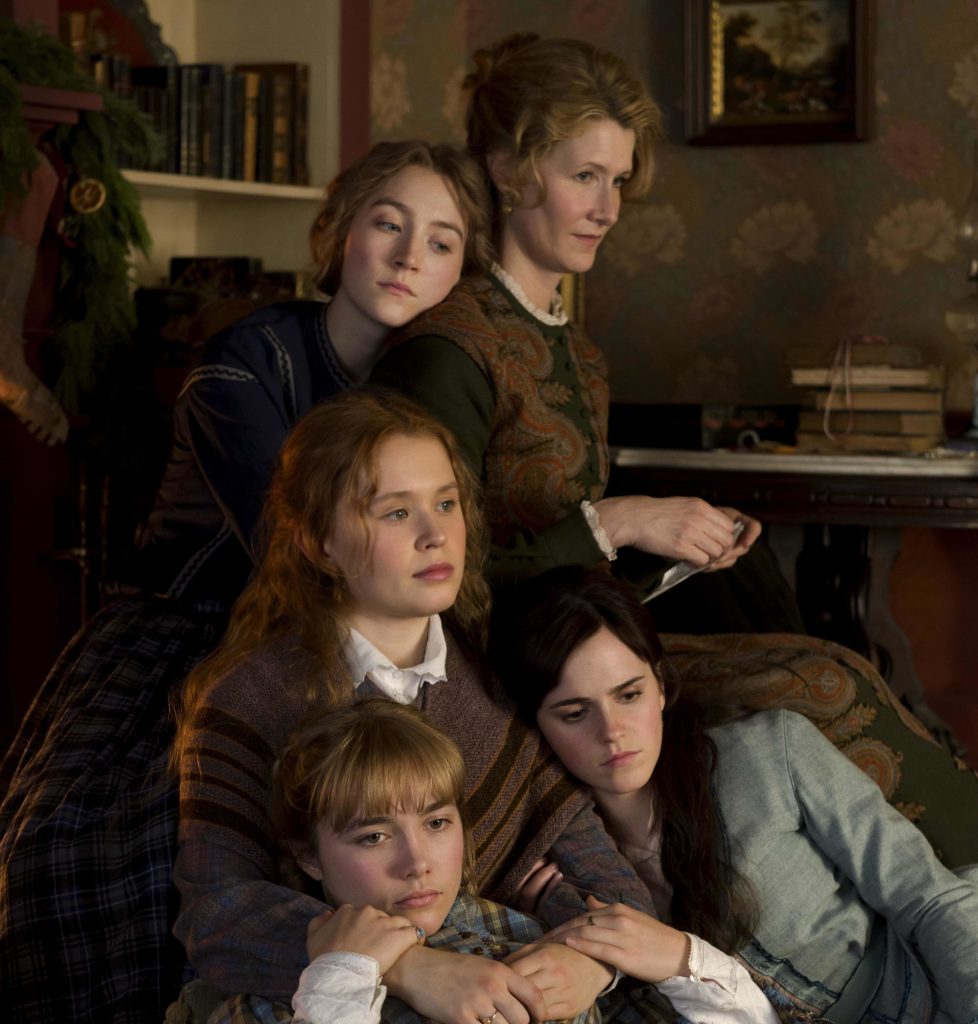
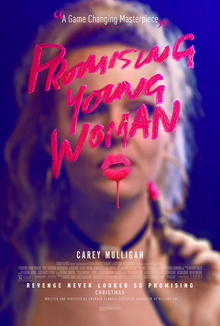
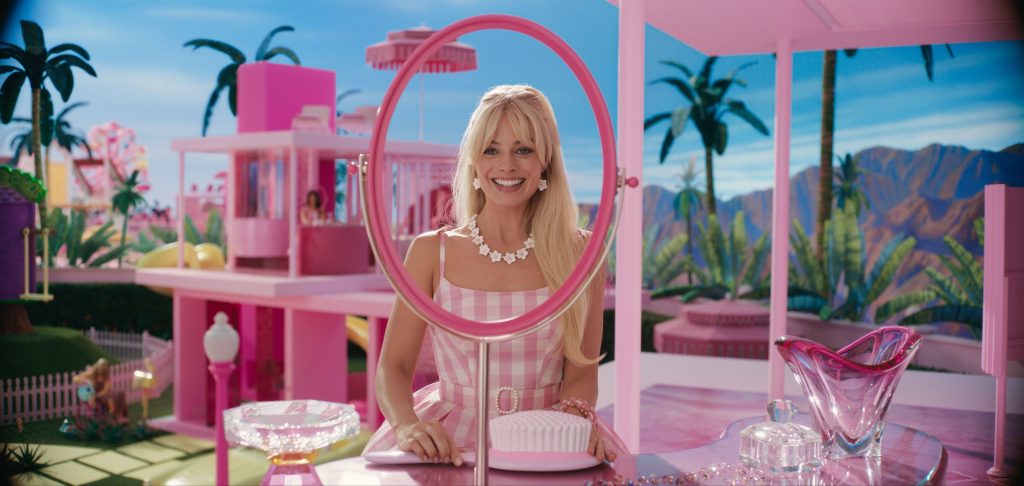
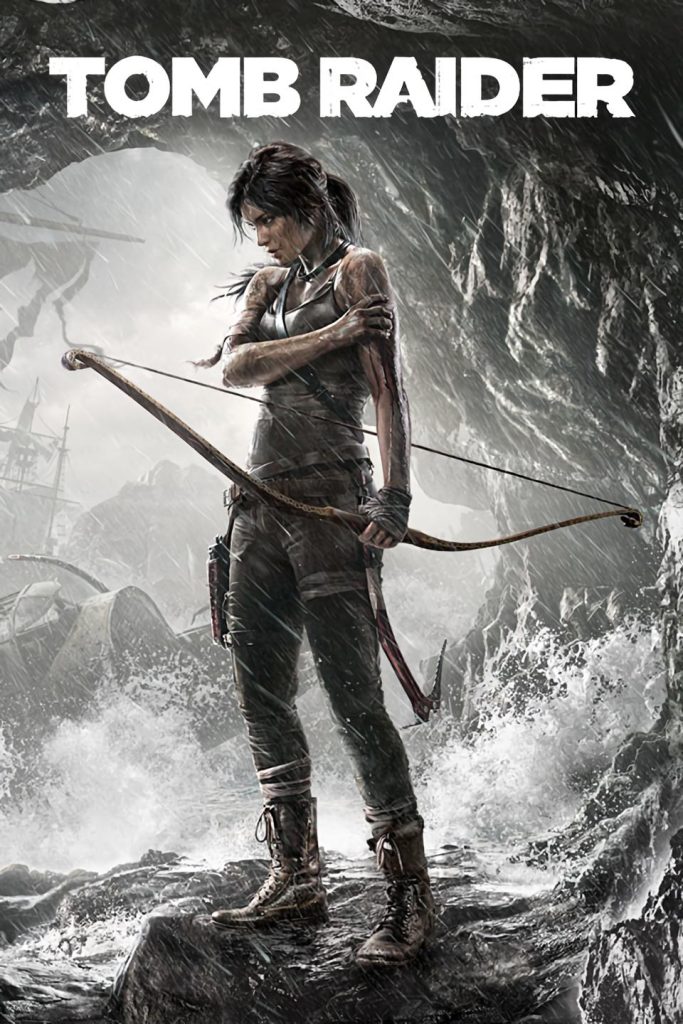
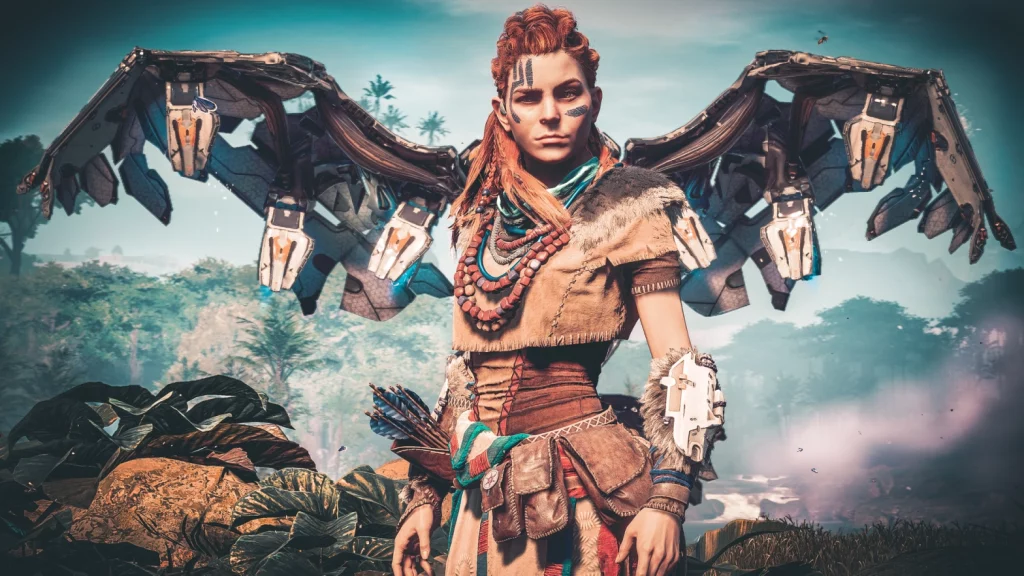
Hello Xiaoyu, 
Your blog post explains well how, even now, the idea of the male gaze, as put forward by Laura Mulvey, is present in todayÔÇÖs media. The analysis of social network sites, specifically how influencers engage with patriarchal beauty ideals enhanced by algorithms, is consistent with MulveyÔÇÖs work in feminist theory. It states how the male gaze continues to exist, influencing how women are viewed even in content created by the audience.
Reviewing of cinema was particularly insightful. Films like Promising Young Woman and Barbie show how modern storytelling can challenge or inadvertently reinforce the male gaze. This gives suggestive backup to MulveyÔÇÖs thesis of women as objects in visual depictions, irrespective of the essential narratives that aim to objectify them. ┬á
The critique of the gaming culture proved to be quite engaging. It is interesting to take MulveyÔÇÖs theory of the ÔÇśto-be-looked-at-nessÔÇÖ of women and extend it into interactive media through Lara CroftÔÇÖs development. It sheds light on the progress made in gaming culture while also revealing how the male gaze continues to influence the space, primarily through the harassment many female gamers still encounter.
A good discussion demonstrates good research, as is the case here; a strong reference list has been added. The visuals in the blog are meaningful and thoughtfully included. Overall, this is a well-rounded and compelling analysis of how deeply embedded the male gaze remains in our media landscapes.
Great work!
Hello, I found this article very interesting. It offers a comprehensive exploration of the multi-dimensional manifestations of the ÔÇťmale gazeÔÇŁ in contemporary culture, covering the realms of film, advertising, and gaming culture. The logic is clear, and the content is rich. It not only outlines how the ÔÇťmale gazeÔÇŁ is presented across different media but also analyzes its evolution in the modern context, showcasing your deep understanding and insight into the concept.
In the film section, the article highlights the tension between critiquing and perpetuating the ÔÇťmale gazeÔÇŁ in modern works, using examples like Barbie, Promising Young Woman, and Little Women. The analysis is thorough and specific. However, the discussion of BarbieÔÇÖs adherence to beauty stereotypes seems somewhat superficial. It could be worthwhile to delve deeper into whether this is a deliberate satire or a reflection on these stereotypes. I think doing so would make your article even more perfect!
In the advertising section, the article does a great job of revealing how the ÔÇťmale gazeÔÇŁ takes on new forms in the digital age, such as algorithms subtly reinforcing traditional beauty standards. This section not only touches on changes in branding strategies but also addresses the contradiction between ÔÇťempowermentÔÇŁ and ÔÇťself-objectificationÔÇŁ in digital marketing environments. However, the balance between brand criticism and algorithm analysis feels slightly uneven. Providing more specific examples of how brands attempt to overcome these challenges could strengthen this part of the article.
The gaming culture section provides unique insights into the ÔÇťmale gazeÔÇŁ in games, particularly by connecting player interaction with character design. The comparison between classic cases (like Lara Croft in Tomb Raider) and modern improvements (such as Aloy in Horizon Zero Dawn) is very valuable. However, while the article mentions the direct impact of the ÔÇťmale gazeÔÇŁ on female playersÔÇÖ online experiences, it lacks a deeper exploration of the social and cultural roots behind this phenomenon. Adding such an analysis would make the article more specific and logical.
Overall, this article offers a wealth of perspectives and concrete examples, discussing the continuation and evolution of the ÔÇťmale gazeÔÇŁ in modern culture. While some analyses could be further refined, the overall structure is clear, and the content is comprehensive. Well done!